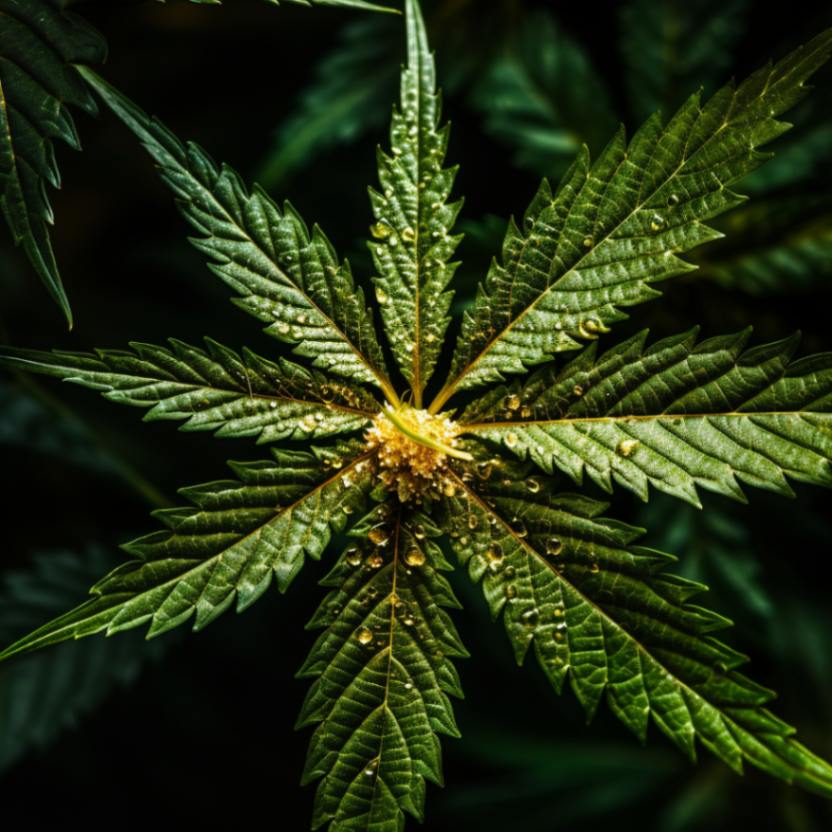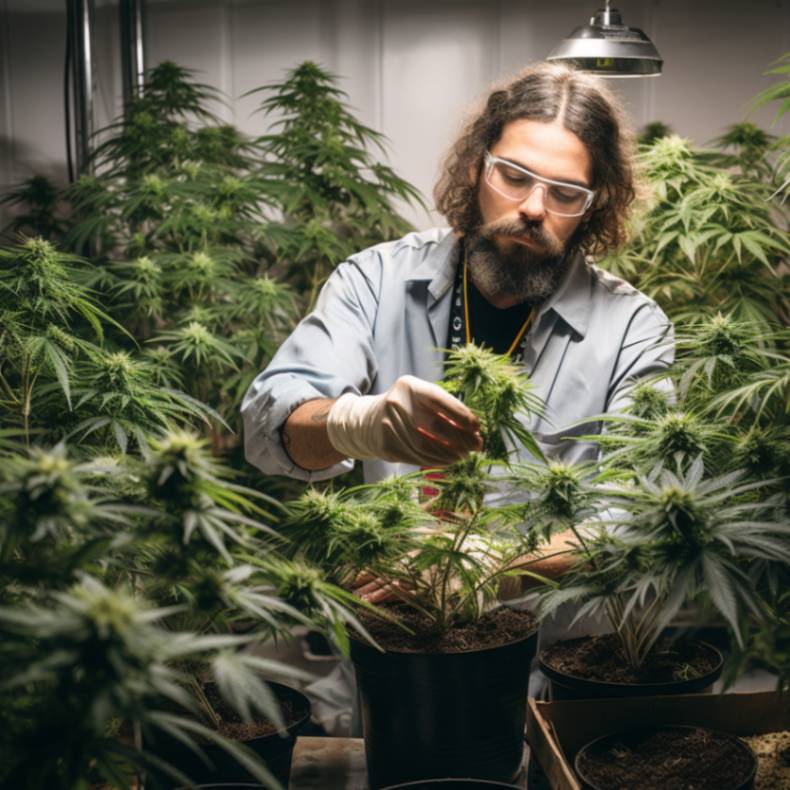Embarking on the journey of growing recreational marijuana, whether as a seasoned cultivator or a newcomer, entails a range of crucial considerations. This guide is designed to provide comprehensive insights and practical tips to enhance your cultivation endeavors. Key aspects such as selecting the right cannabis strain, creating ideal growing conditions, managing nutrients effectively, and mastering harvesting and curing techniques are covered in detail.
Our focus is on delivering information that is both accurate and reliable, presented in a professional writing style. We steer clear of unwarranted hype, ensuring that you get the real insights needed for successful cultivation. Whether your goal is to achieve high yields or to learn the nuances of growing high-quality cannabis comparable to that found in a Denver dispensary, this guide is your ally.
Choosing the Right Cannabis Strain
When it comes to selecting a cannabis strain, understanding its specific characteristics and how they align with your recreational goals is key. Cannabis strains vary in their cannabinoid and terpene profiles, which dictate their unique effects on the user.
For those seeking an energizing and uplifting experience, Sativa strains are often recommended. Known for their invigorating effects, Sativas are typically suited for daytime activities and can enhance social engagements.
In contrast, Indica strains are associated with relaxation and a calming effect on the body, making them more appropriate for evening use. They are often chosen for their sedative qualities, ideal for unwinding after a hectic day.
Hybrid strains, combining elements of both Sativa and Indica, offer a more balanced experience. These strains can be tailored to individual needs, providing a middle ground between energizing and relaxing effects.
This understanding becomes particularly important when considering cannabis edibles. The effects of edibles can differ significantly from smoked or vaporized cannabis, often leading to a more intense and longer-lasting experience. Knowing the strain used in an edible can help predict its effects and ensure a more enjoyable and suitable recreational experience. By carefully selecting a strain that aligns with your desired effects, you can enhance your overall enjoyment of cannabis, whether you prefer smoking, vaping, or consuming edibles.

Essential Indoor Growing Equipment
To ensure successful indoor marijuana cultivation, acquiring the necessary equipment is crucial for growers. When it comes to growing marijuana indoors, there are several essential pieces of equipment that every grower should invest in. Firstly, a high-quality grow light is essential for providing the necessary light spectrum and intensity for healthy plant growth. LED lights are a popular choice due to their energy efficiency and customizable settings.
Additionally, a reliable ventilation system is necessary to maintain proper airflow and control temperature and humidity levels within the growing space. Growers should also invest in a timer to automate lighting schedules and ensure consistent light exposure. Other essential equipment includes pH meters for monitoring and adjusting the nutrient solution, fans for air circulation, and a reliable watering system. By having the right equipment in place, indoor growers can create the optimal conditions for successful marijuana cultivation.
Optimal Growing Conditions and Lighting
For successful indoor marijuana cultivation, it is essential to create optimal growing conditions and provide adequate lighting. The ideal growing conditions for marijuana include maintaining a temperature range between 70 to 85 degrees Fahrenheit during the day and slightly cooler temperatures at night. Humidity levels should be kept between 40% and 60% to prevent mold and mildew growth. Good air circulation is crucial to prevent stagnant air and to provide fresh CO2 for the plants.
Additionally, it is important to choose the right lighting system for your cannabis plants. High-intensity discharge (HID) lights, such as metal halide (MH) and high-pressure sodium (HPS) lights, are commonly used for growing marijuana indoors. LED lights are also gaining popularity due to their energy efficiency and customizable spectrum. Properly configured lighting systems with timers can provide the necessary light cycles for the different stages of marijuana growth, ensuring optimal conditions for healthy plant development.

Nutrients and Feeding Schedule
The proper nutrient supplementation and a well-designed feeding schedule are essential aspects of maintaining the optimal growing conditions for indoor marijuana cultivation. Providing the right nutrients at the right time is crucial for the healthy development of marijuana plants. Essential macronutrients include nitrogen, phosphorus, and potassium, while secondary macronutrients such as calcium and magnesium are also important.
Additionally, micronutrients like iron, manganese, and zinc are needed in smaller quantities. It is important to choose a nutrient solution specifically formulated for marijuana cultivation, as it will contain the necessary balance of these nutrients. The feeding schedule should be carefully planned, taking into consideration the growth stage of the plants. Typically, marijuana plants require more nitrogen during the vegetative stage and more phosphorus and potassium during the flowering stage.
Regular monitoring of pH levels is also necessary to ensure proper nutrient absorption. By providing the appropriate nutrients and following a well-designed feeding schedule, cultivators can maximize the growth and yield of their indoor marijuana plants.
Harvesting and Curing Techniques
Harvesting and curing are crucial steps in the cultivation of recreational marijuana plants. Once the plants have reached their peak maturity, it is time to harvest them. This involves cutting the plants at the base and removing the larger fan leaves. The buds are then trimmed to remove any excess leaves, resulting in a cleaner and more aesthetically pleasing product. After harvesting, the buds need to be cured to enhance their flavor, potency, and overall quality.
Curing involves drying the buds slowly in a controlled environment with proper airflow and humidity levels. This process allows the buds to develop their unique aroma and flavor profiles while also improving their smoothness when smoked or vaporized. Properly harvested and cured marijuana can provide a more enjoyable and potent experience for recreational users.
Final Thoughts
Successful recreational marijuana cultivation requires careful selection of cannabis strains, proper indoor growing equipment, optimal growing conditions and lighting, nutrient management, and effective harvesting and curing techniques. By following these tips, growers can increase their chances of cultivating high-quality marijuana plants.


